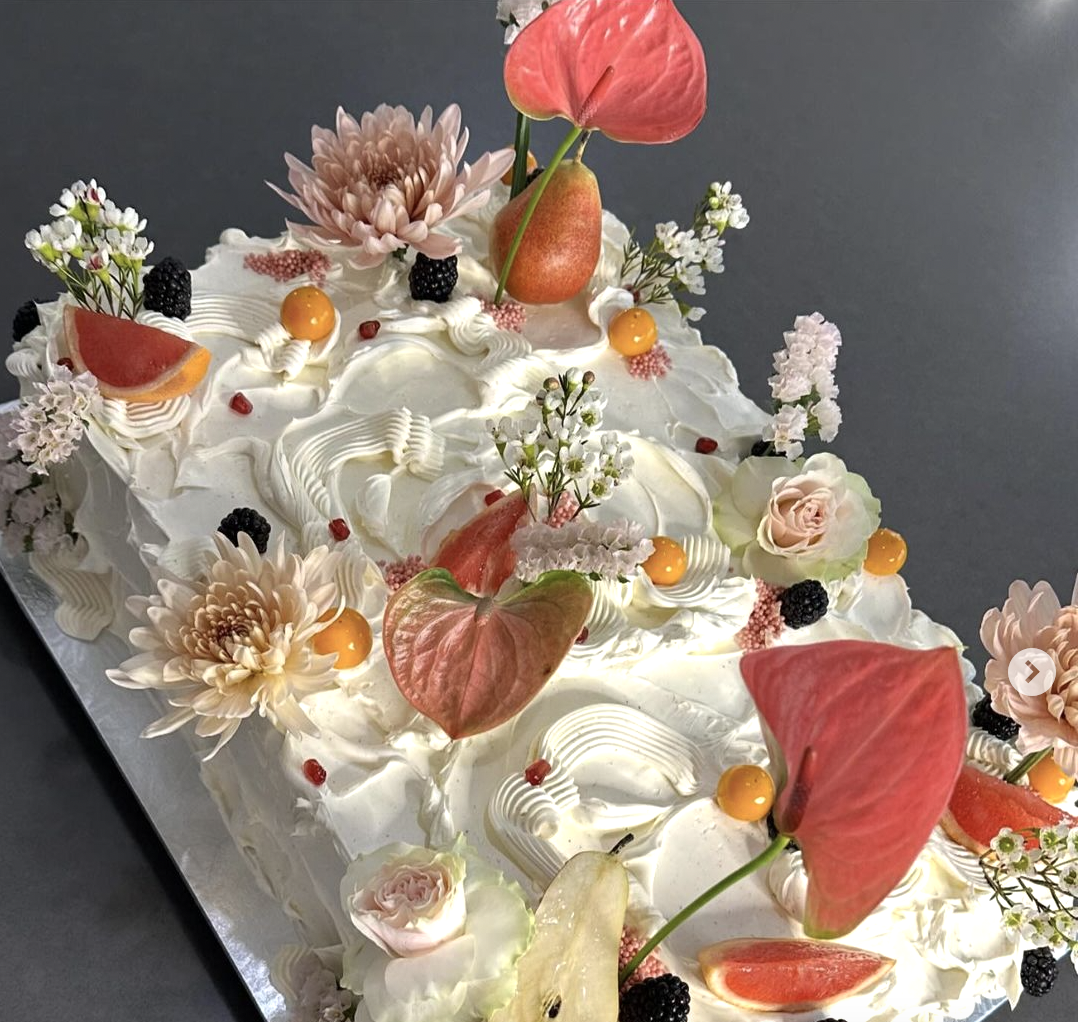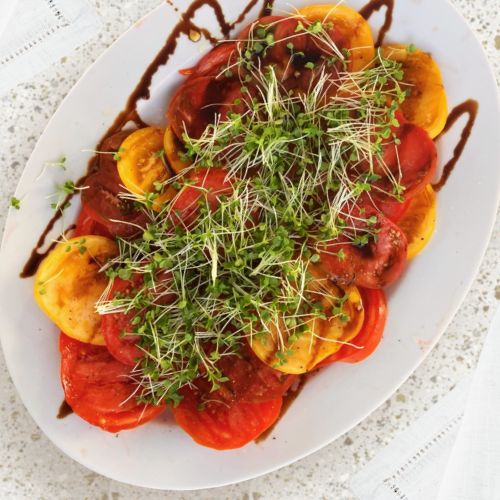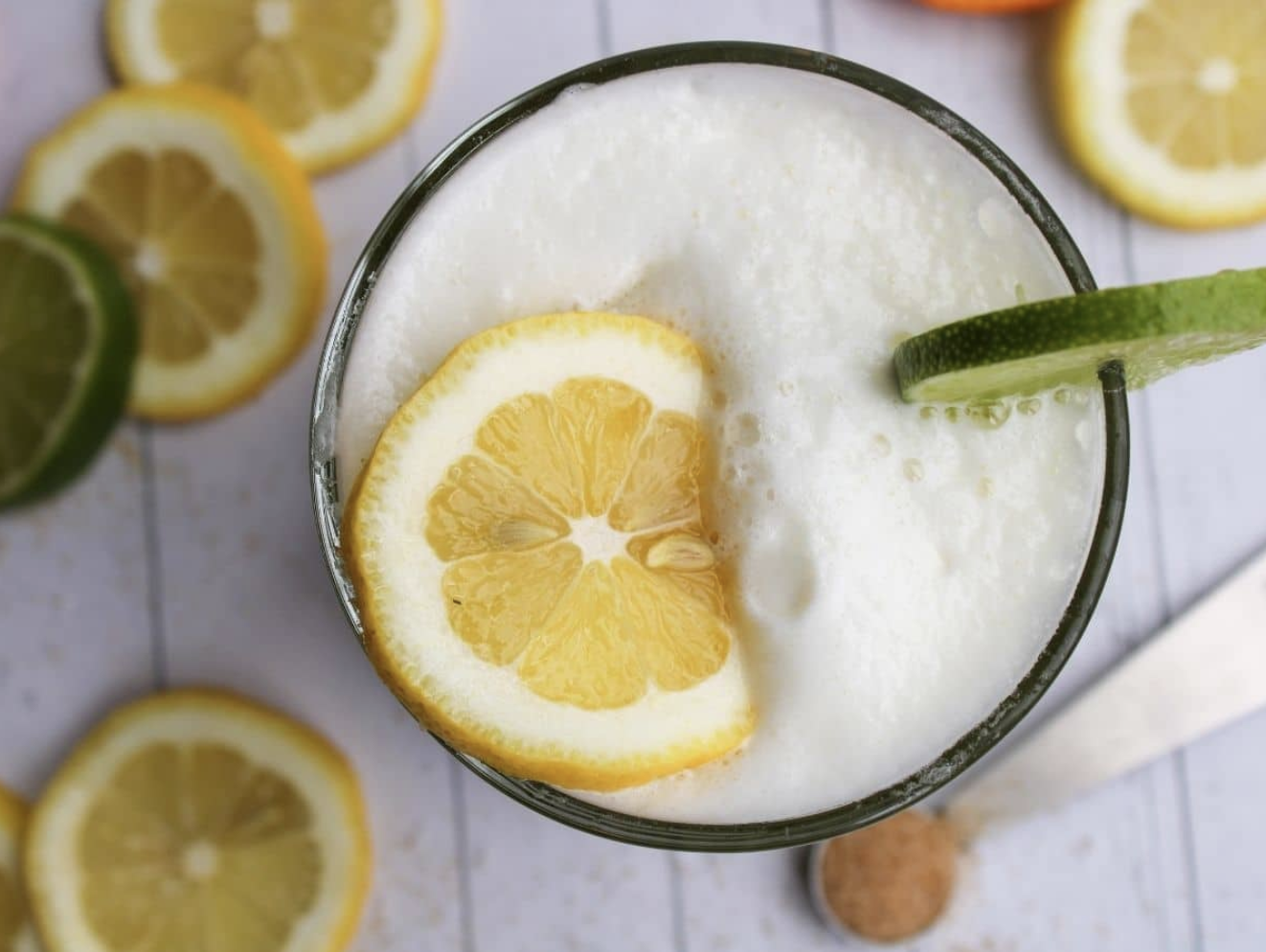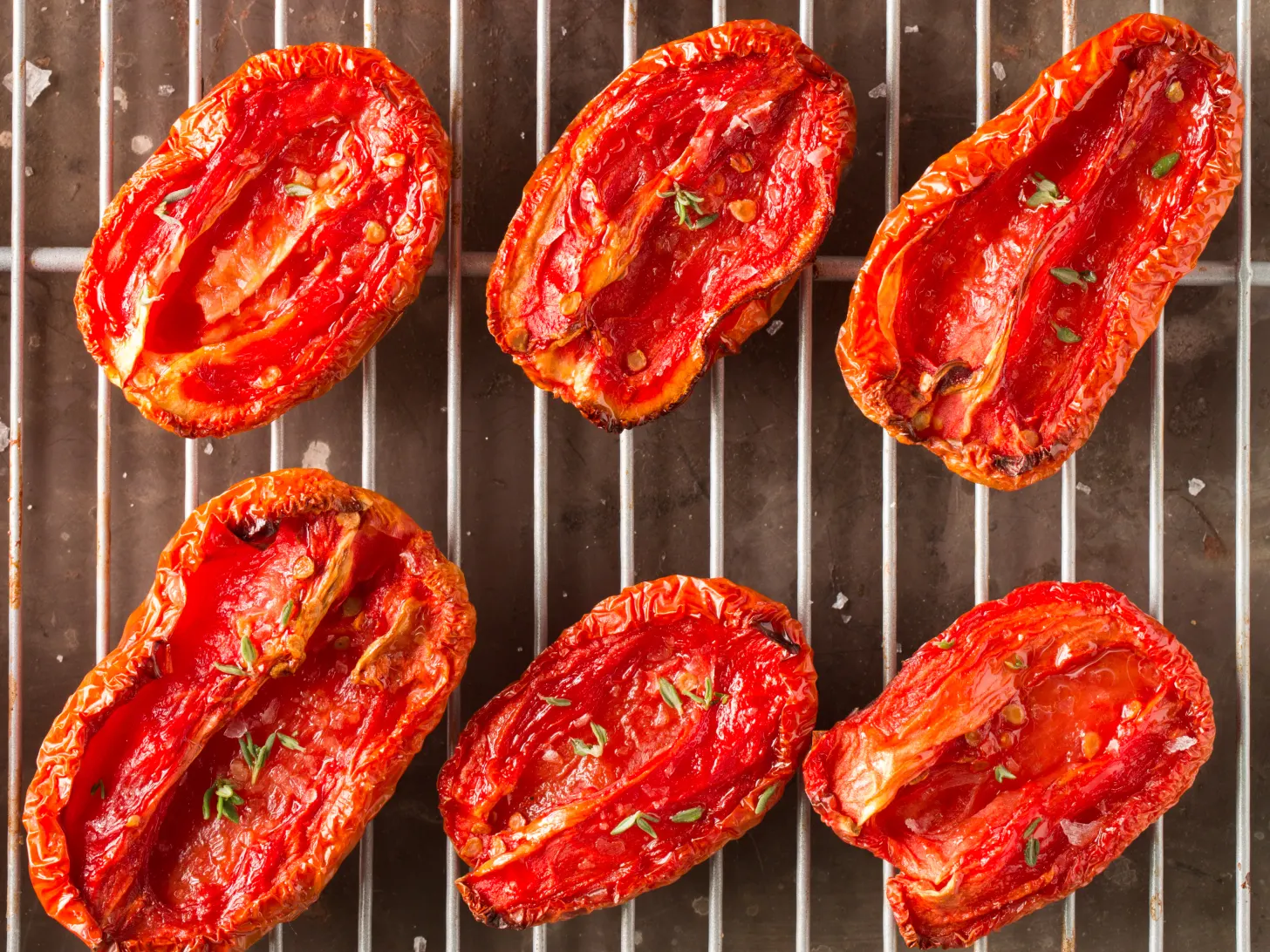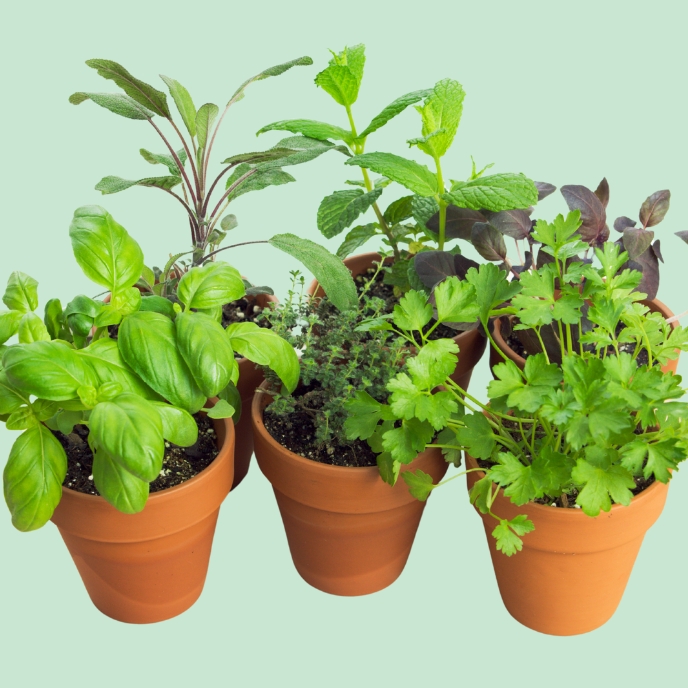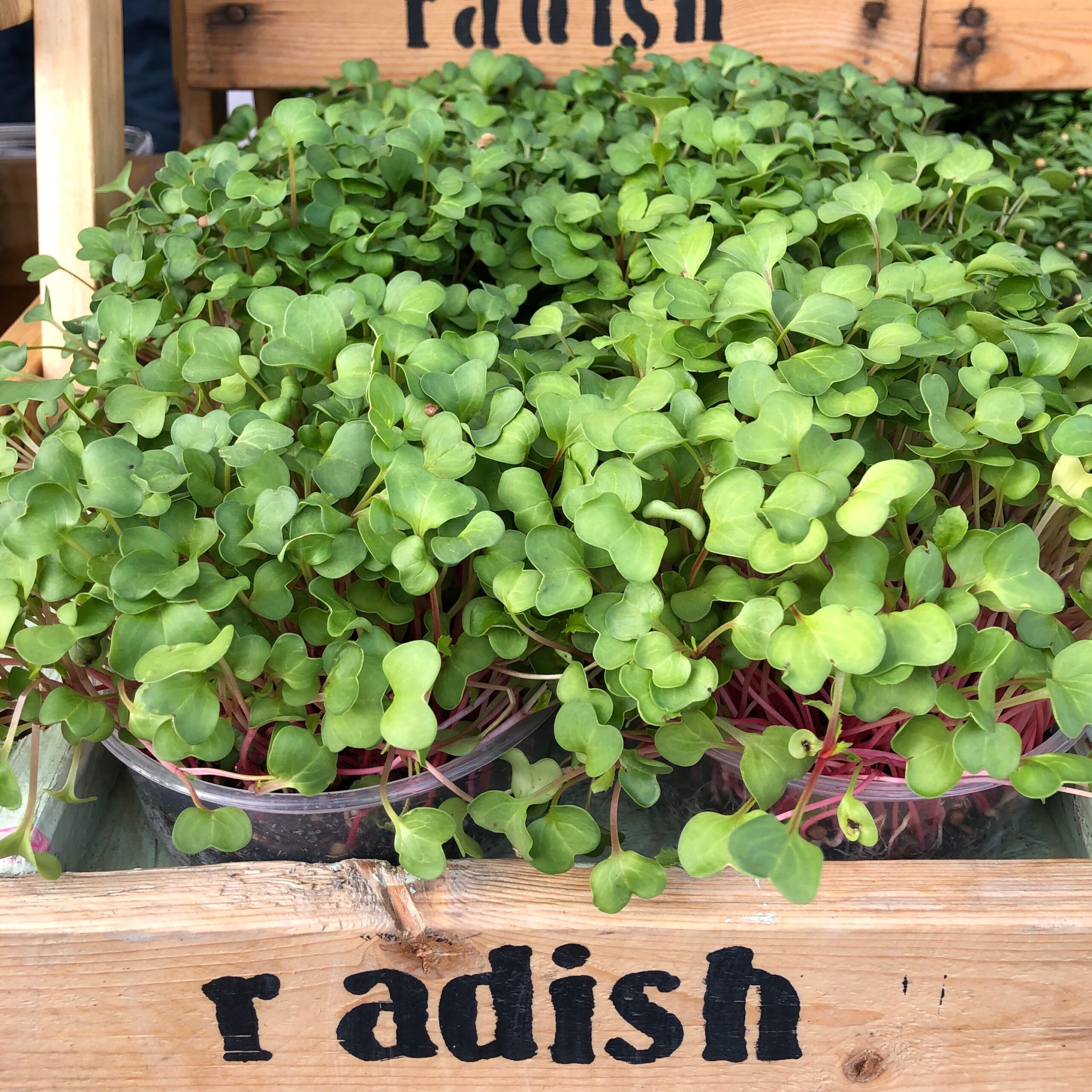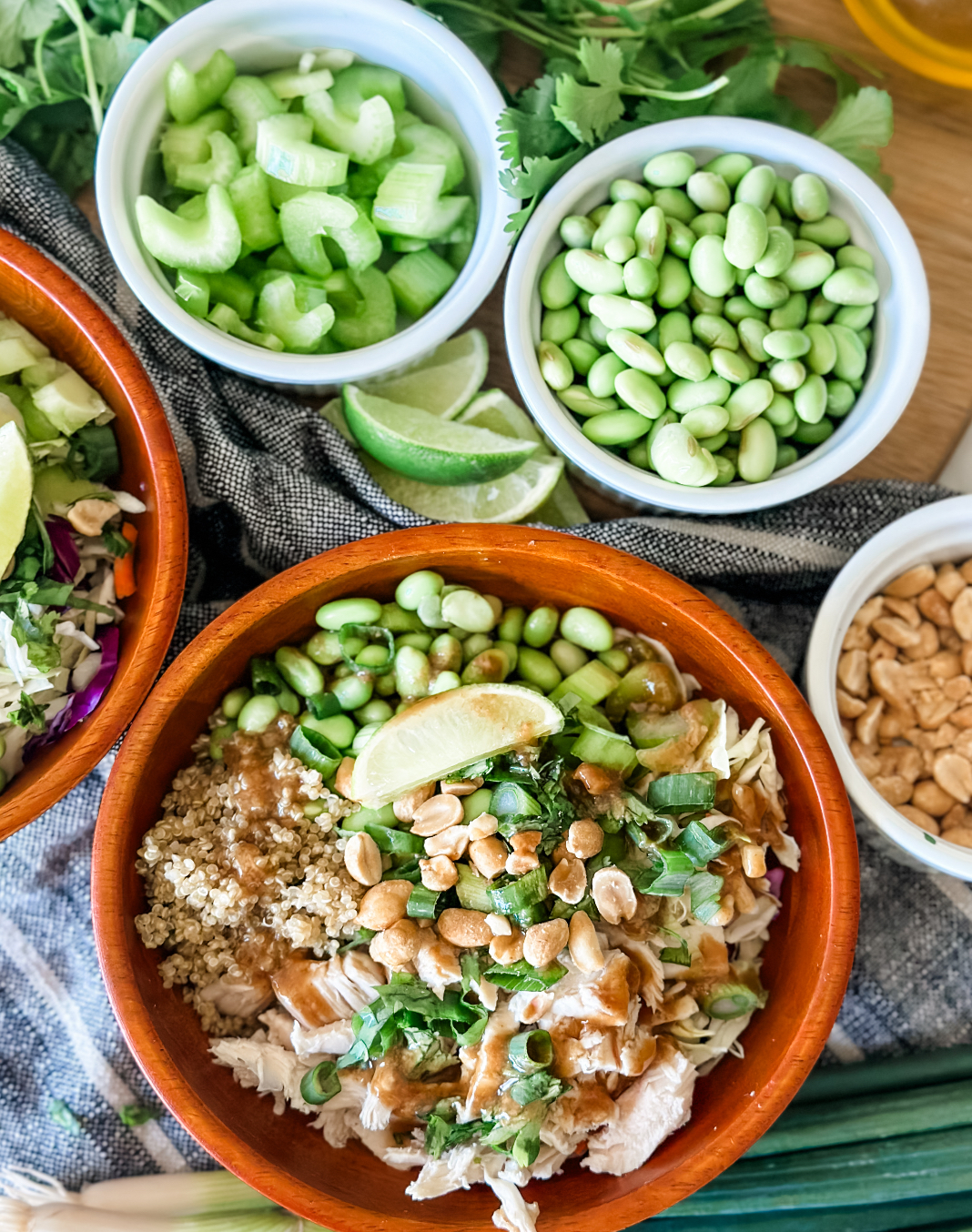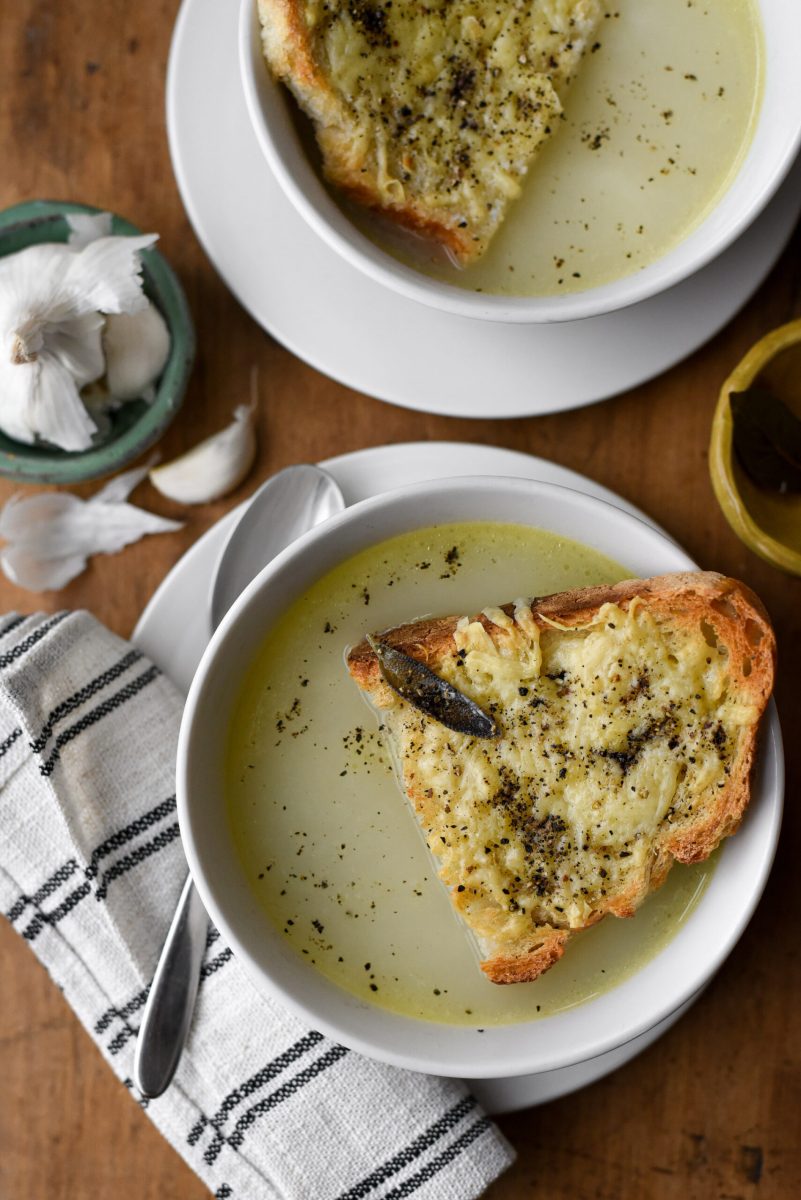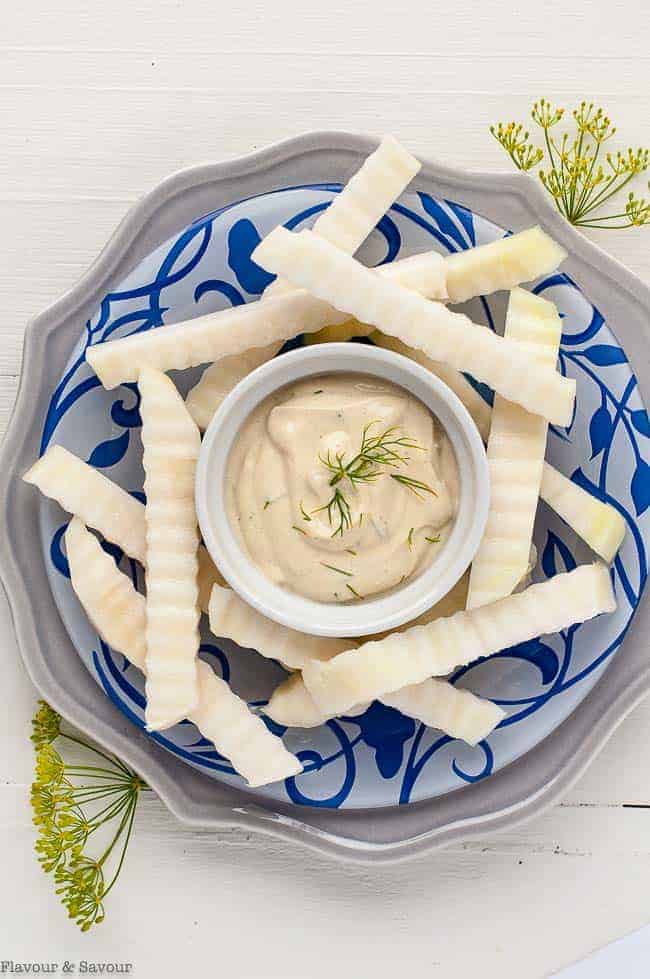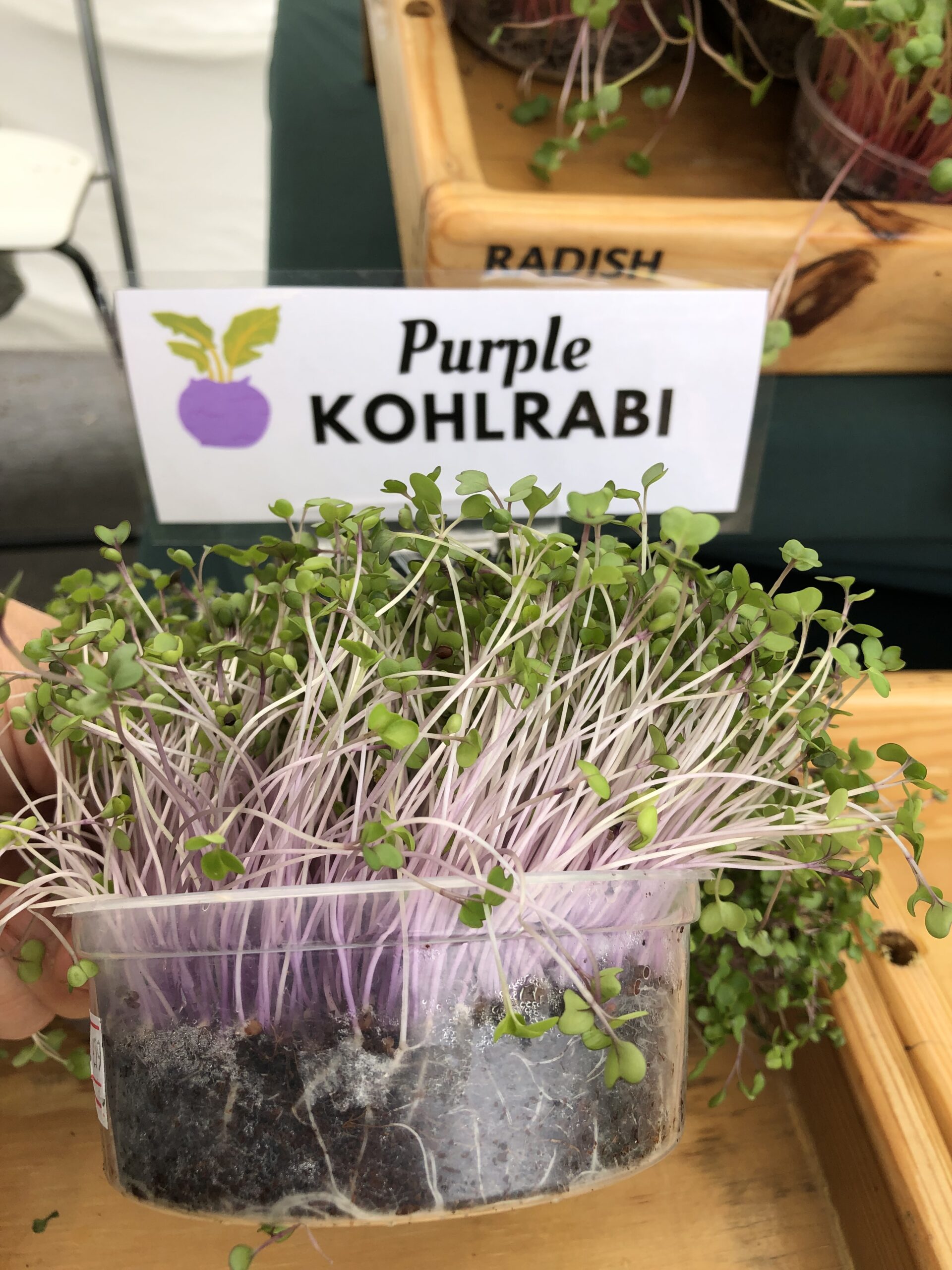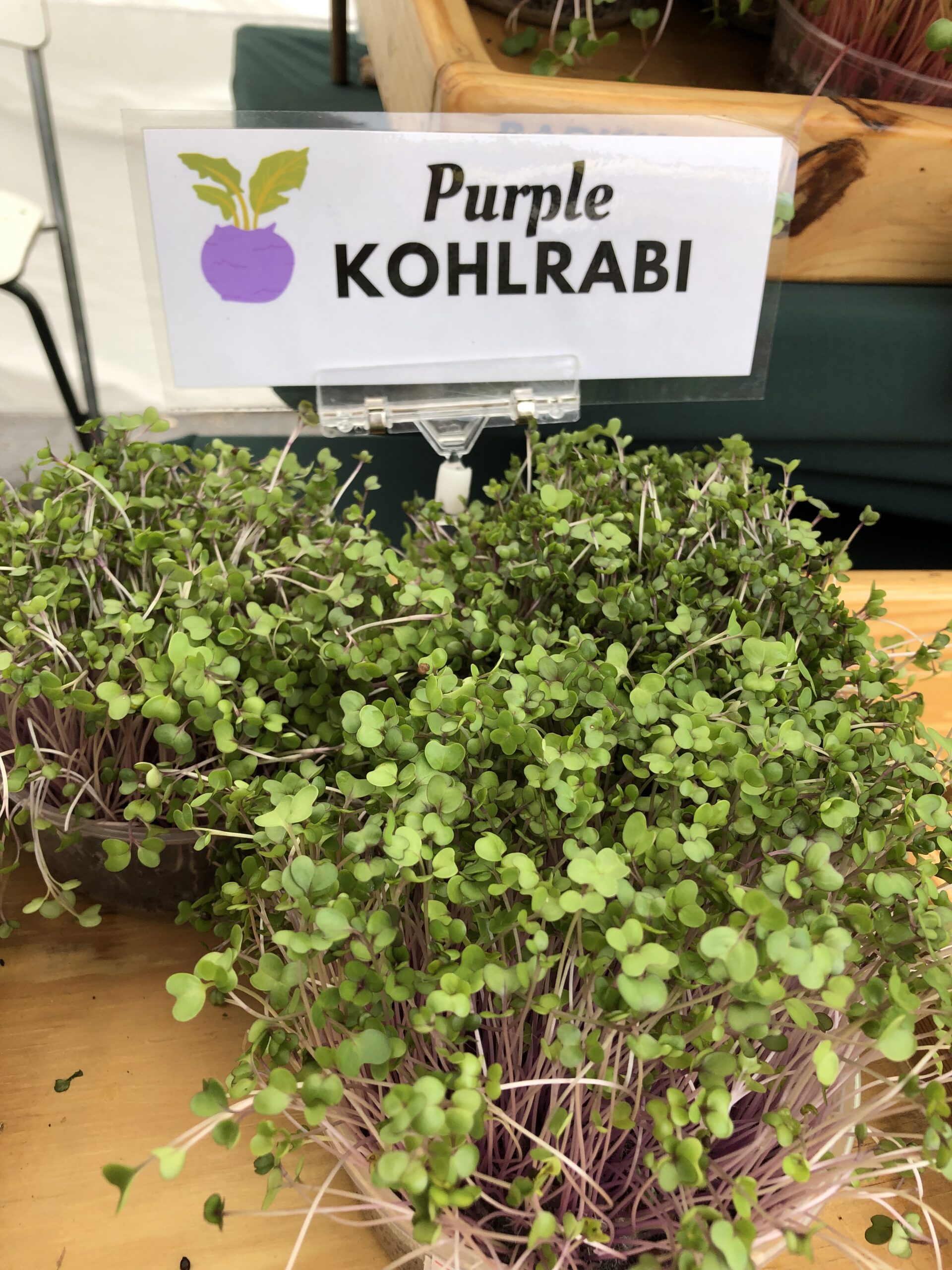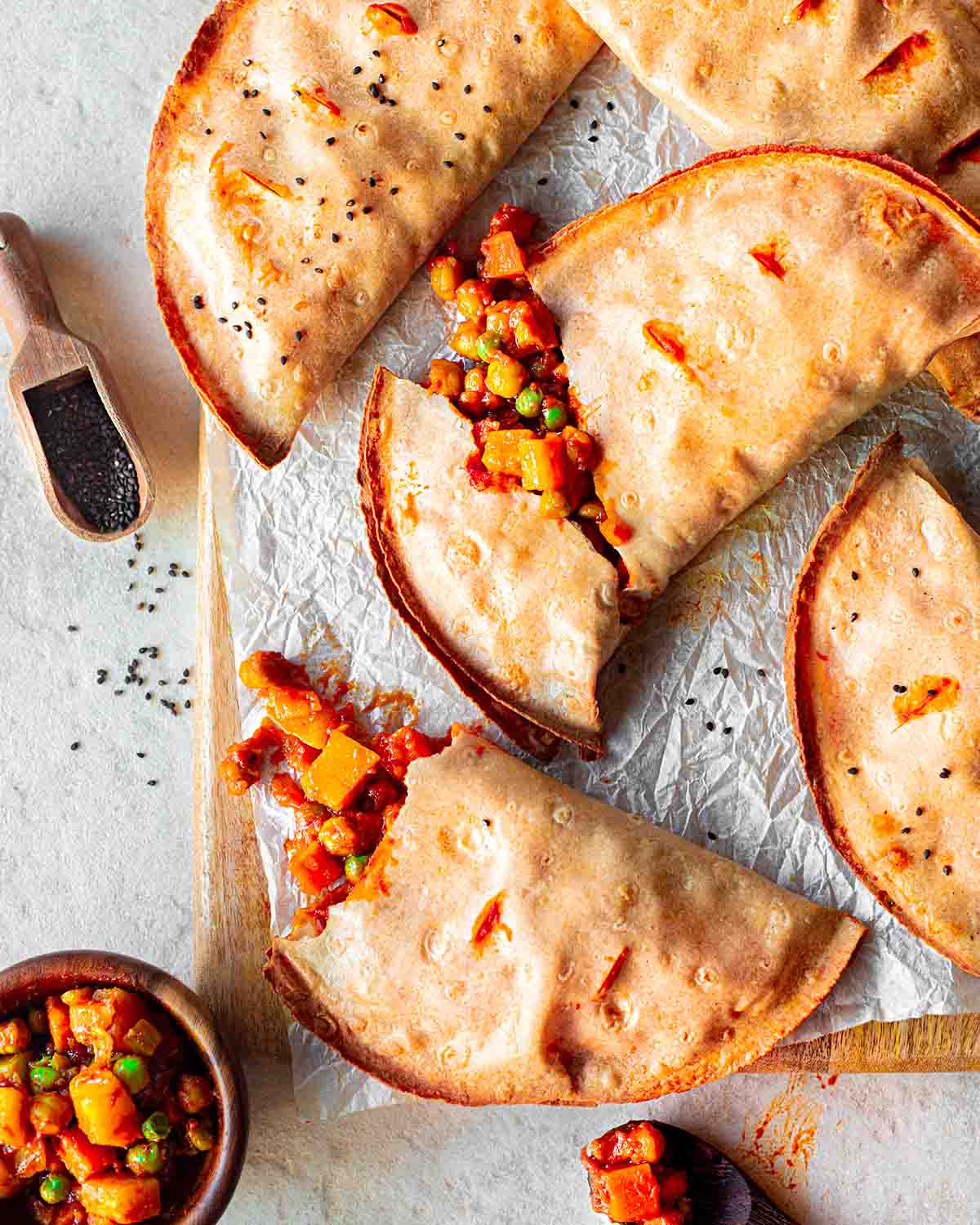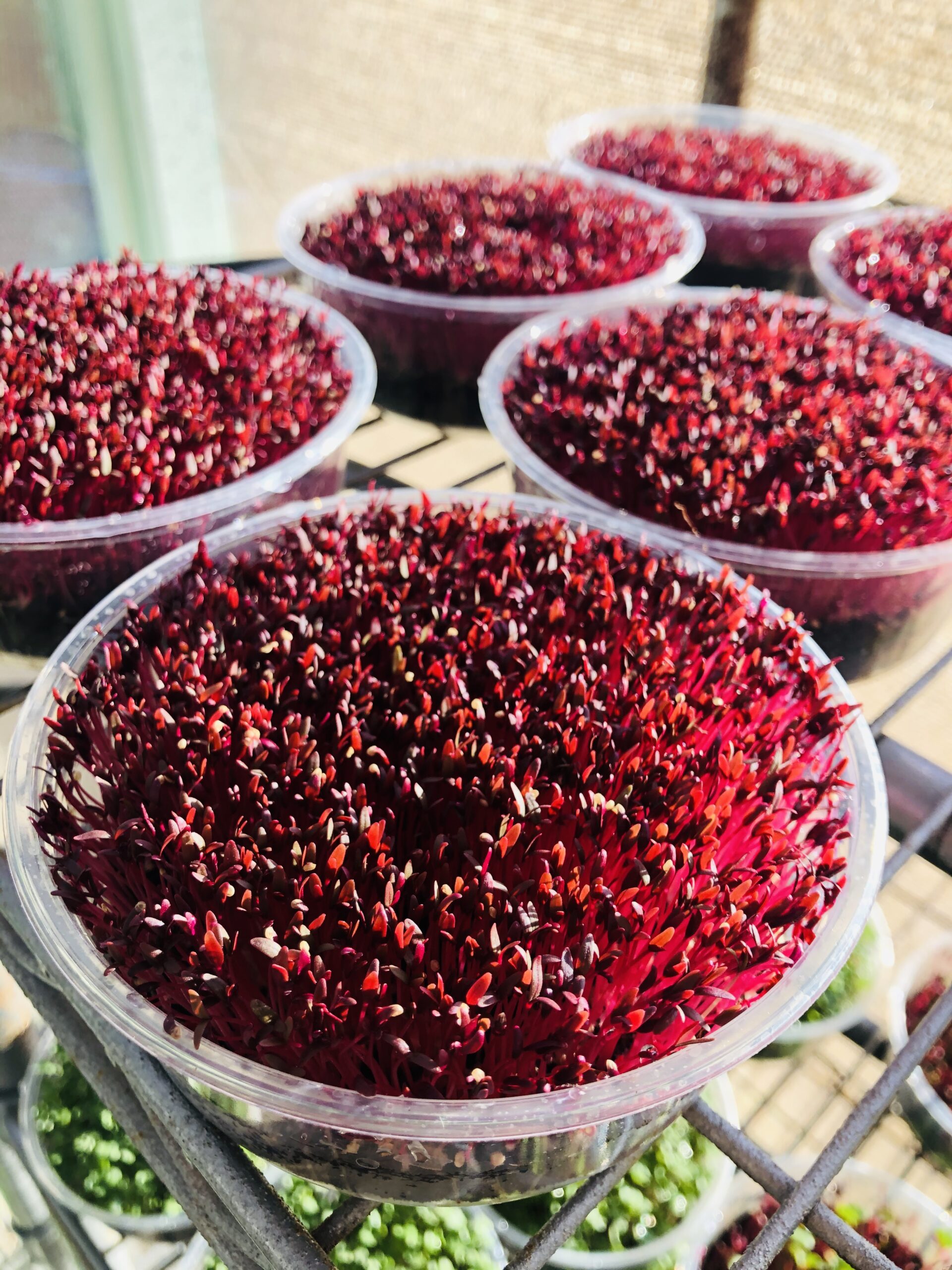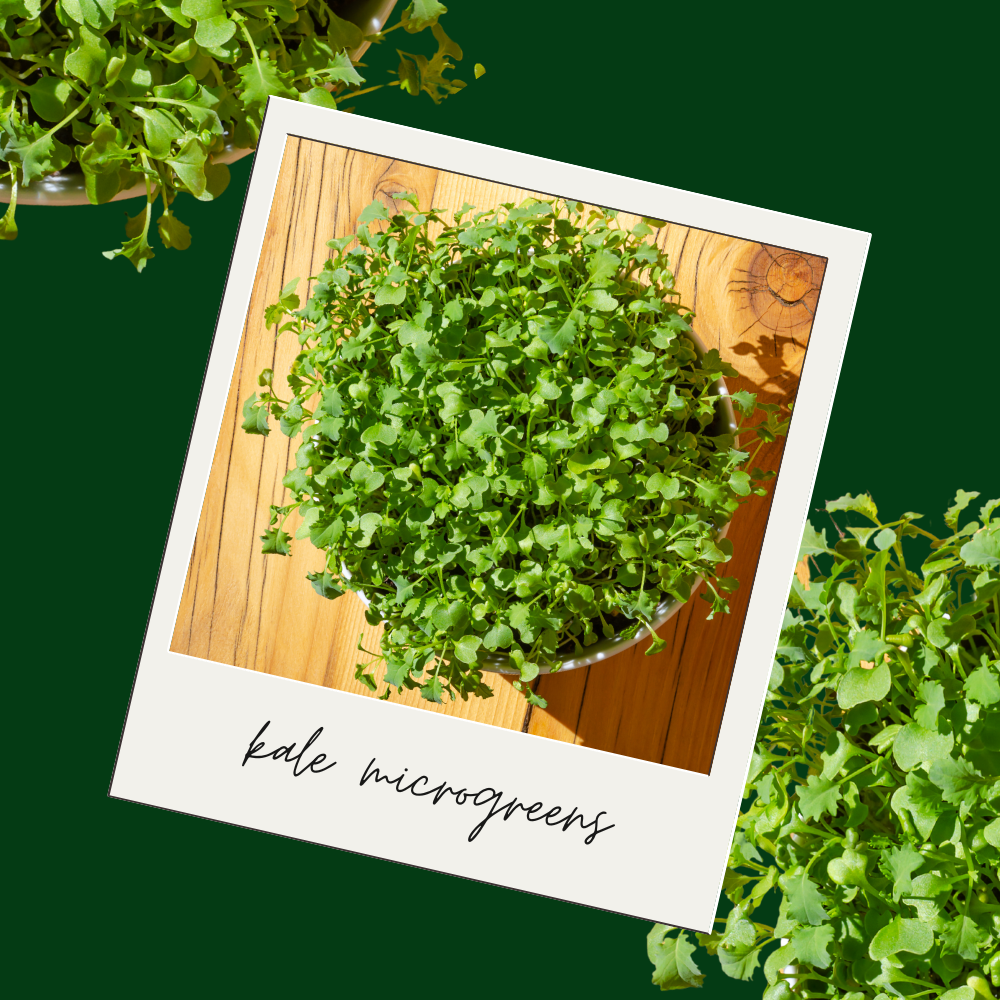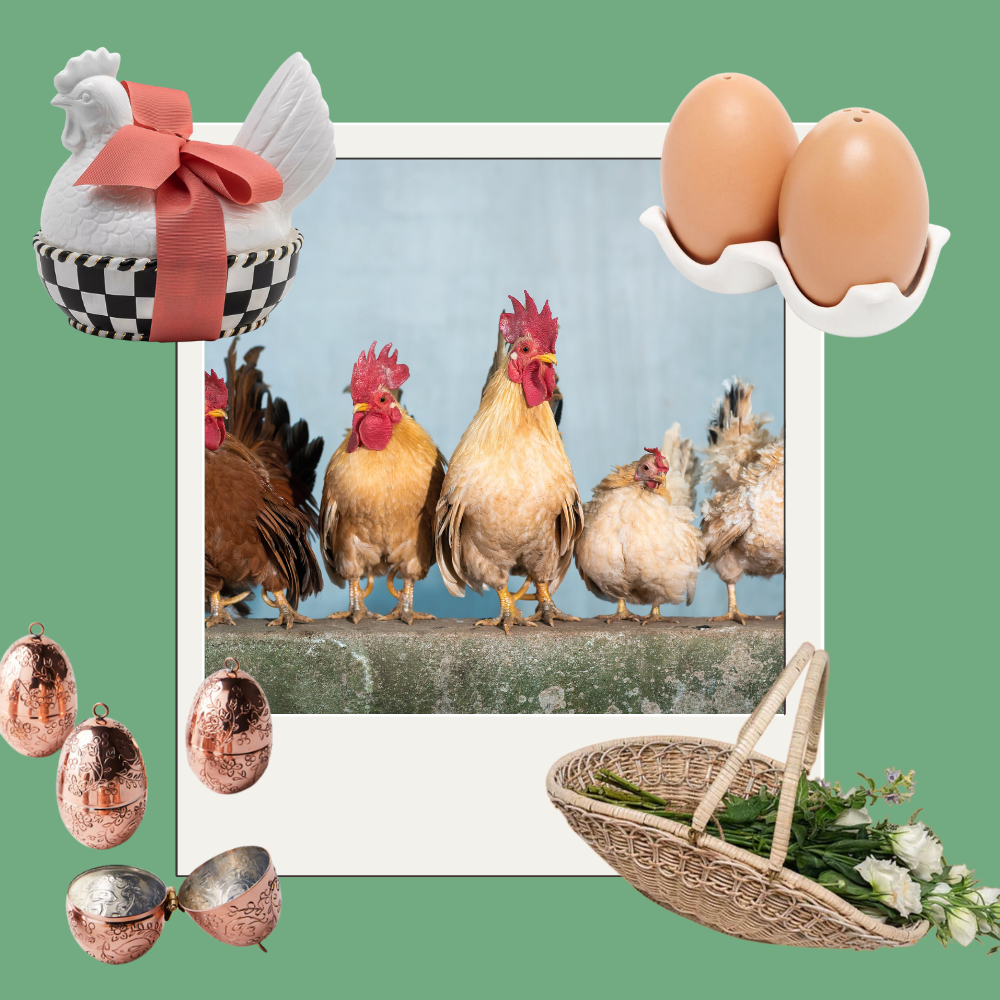Calling all mustard fans. If you like mustard, you will love mustard microgreens. Even folks who claim to dislike vegetables, will find themselves enjoying micro mustard. Micro Mustard has the greatest variety among all the microgreens. From color, to shape, to flavor profile, mustards are all over the place.
Trays of Micro Mustard ready for a day at the farmer’s market
Mustard seeds come various colors. This wasabi mustard seed is yellow, black and brown. True wasabi is actually a root. This seed just tastes like wasabi.
Wait, Mustard Like the Yellow Stuff on Hot Dogs?
Yes. Mustard, as in “Ketchup and Mustard,” comes from a plant. The seeds of a mustard plant are minimally processed to create yellow mustard, brown mustard, Dijon mustard, and every mustard in between.
What are Mustard Microgreens?
Mustard Microgreens are very tender, immature mustard plants, grown from mustard seeds. The same mustard seed is used to make the condiment, mustard.
After sowing mustards seed densely atop soil (well, technically not soil, but a growing medium) and watering daily, a small plant emerges from each seed. A root system begins to grow down, a stem begins to grow up. Two leaves unfurl. Those leaves are known as the “seed leaves” or cotyledon leaves. When the tiny plants reach several inches high, and the two leaves have enlarged, the micro mustard is ready to harvest. The plants are cut just above the soil for eating.
Some growers let the micro mustard grow beyond the two-leaf stage to the true-leaf stage.
The seed leaves are actually present in the seed (albeit in a slightly different and tiny form), the true leaves are the first two leaves grown by the plant. The true leaves emerge just after the seed-leaves and usually have a different shape than the cotyledon seed leaves.
The frilly mustard varieties are coveted by chefs because of how unique and pretty the true-leave shapes. Chefs often use microgreens as a garnish, rather than a true flavor addition.
Microgreens are different than sprouts. While that is the subject of it’s own post, just know that microgreens and sprouts are both young plants, but grown in a different way. They feel different in your mouth and taste different from each other. (Stay tuned for that upcoming post)
How to Use Mustard Microgreens
Micro mustard is potent and intense. It is perfect on a sandwich, fish, burger, or on a plain bowl of rice with soy sauce. Add a handful to a salad to intensify the flavor, or atop a bagel and cream cheese.
Here is a list of ideas:
-
Sandwiches
-
Chopped up into egg salad
-
Replace Lettuce on your favorite burger
-
Adorning a plain bowl of rice with soy sauce
-
With Sushi (especially Micro Wasabi)
-
Bagel, Cream Cheese and Micro Mustard
-
With a Salad
Wondering if can you eat mustard microgreens raw? YES!
Are mustard microgreens healthy?
Microgreens in general are nutrient rich. A body of studies have shown that many young plants contain greater concentrations of phytochemicals than mature leaves. Over the past 15 years, scientific microgreens studies have coalesced and agree microgreens are incredibly nutrient-dense.
In one 2012 pivotal study, researchers studied 25 commercially available microgreen varieties and concluded microgreens contain considerably higher concentrations of vitamins and carotenoids than their mature plant counterparts, although large variations were found in the 25 species tested. J. Agric. Food Chem, 2012, 60.
That same study warned that growing, harvesting and post-handling conditions may degrade the phytonutrients.
Since that pivotal 2012 study, scores of new microgreens studies have emerged. The great news is that the studies tend to all support the general conclusion that plants eaten at the microgreen stage are more nutrient rich than at their mature leave stage.
A 2019 Study investigated another 30 microgreens varieties and determined microgreens contain “considerable amounts of phytochemicals including ascorbic acid, tocopherols, phylloquinone, carotenoids, polyphenols, and glucosinolates; however the content and composition of phytochemicals varied significantly between and within species.” Food Science and Technology 101 (2019).
What is the taste of mustard microgreens?
Flavor Profile: From Spicy to Mild
Of all the microgreen varieties I’ve ever grown, micro mustard has the greatest and most intense flavor diversity. Perhaps because there are so many varieties of mustard.
Ultimately, every micro mustard variety tastes similar to condiment mustard.
You can substitute microgreens on your ham sandwich instead of lettuce and forgo the yellow mustard sauce. The flavor is that similar. The main difference between mustard varieties is just how spicy hot the mustard flavor will be.
How Spicy Are Mustard Microgreens?
Micro mustard can be super spicy depending on the variety. One variety called Wasabi Mustard has a punch of heat with a clear wasabi flavor profile. It is easily the hottest variety I grew. It is excellent on with sushi or fish.
Brown Micro Mustard is very spicy. Green Micro mustards are mid-range spicy. Red Micro mustard is less spicy than green. The Frilly Mustards seem to be the most mild.
Harvest Early for the Spiciest Micro Mustard.
The spiciness of mustard also depends on how long the microgreens were permitted to grow. Micro mustard is stronger in flavor when harvested younger.
If microgreens have more than two leaves they will taste less intense than if they were harvested at the two-leaf stage. Many growers wait to sell micro mustard until they are older, at the true-leaf stage, because the true leaves are often pretty, frilly and colorful. The interesting shapes and colors come at the expense of intense flavor.
Micro Mustard has a Delayed Flavor… Wait for it…
Mustard Microgreens have a delayed flavor. I know this sounds weird, but you have to chew the microgreens a good 20 seconds before the flavor hits you—punches you really. The flavor develops in the back of the mouth.
I can’t tell you how many people sampled micro mustard at my farmer’s market stall only to say they didn’t taste anything. I’d smile and just say… keep chewing… Wait… BAM.





